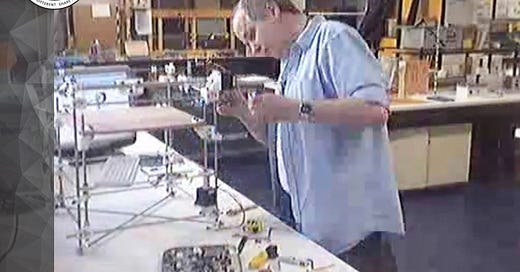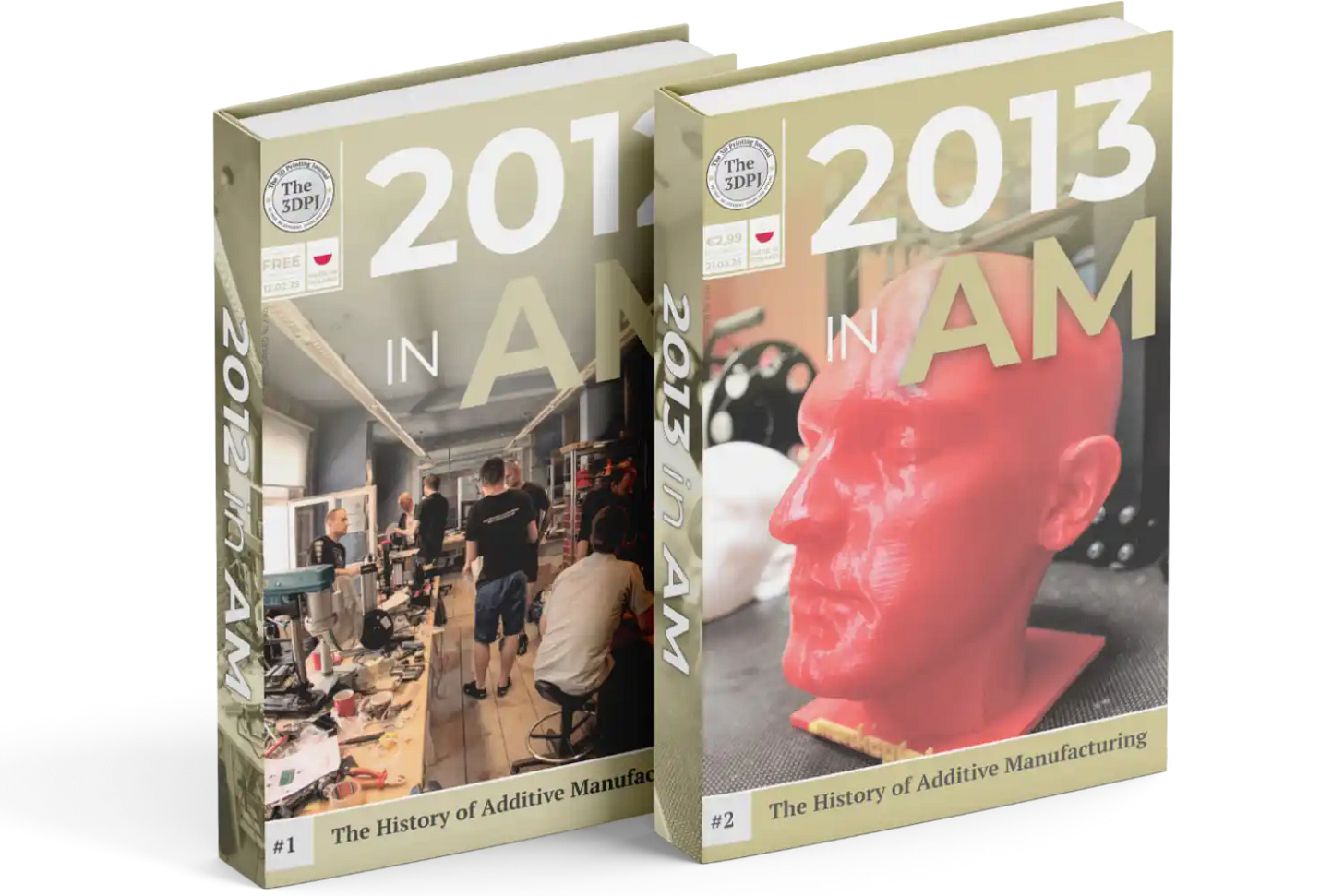03-23-2005: Adrian Bowyer launched blog about The RepRap Project, and started documenting his research
It was a manifesto of the open-source philosophy that underlies the RepRap project
On March 23, 2005, Adrian Bowyer, a British engineer and lecturer at the University of Bath, launched a blog dedicated to the RepRap project, marking the beginning of a future revolution in 3D printing. The event itself was far from spectacular — just a simple post on a raw blog website — but it initiated a movement that would forever change manufacturing technology. In his first post, Bowyer announced his goals: to create a self-replicating rapid prototyping machine accessible to everyone through open-source software and hardware.
The blog served three main functions. First, it aimed to solicit and acknowledge the contributions of other researchers, encouraging collaboration and the sharing of ideas. Second, it was intended to place ideas in the public domain, preventing them from being patented and ensuring open access for future users. Third, it acted as a project journal, documenting progress and ideas, even if they were preliminary or undeveloped.
Regarding software, the RepRap project was based on open solutions. The post mentioned several tools that could be used for development. OpenRP was a format for storing and transmitting 3D printing designs, while LinuxCNC was a machine control software. Bowyer also considered using open-source CAD systems like BRL-CAD, VTK, Blender, or Art of Illusion, which could generate files in OpenRP or STL formats. Plans included using microcontrollers (e.g., PIC) for machine control, with the main computations performed on a computer connected via USB.
When it came to materials, the early RepRap project considered both thermosetting polymers and thermoplastics. Thermoplastics are more environmentally friendly because they can be easily processed, while thermosetting polymers require more energy for recycling. The post also mentioned a promising dental material that was dimensionally stable, rigid, and could be cured by blue LED light. Other considered materials included ABS, PVA, and nylon.
In the area of hardware, Bowyer proposed moving away from traditional Cartesian systems in favor of polar machines, which could be more precise and better suited for producing rotationally symmetrical parts. The primary building mechanism was to be a syringe pump, applying material layer by layer. Alternative methods were also considered, such as curing entire material layers using UV or LED light.
As we can see, in the initial phase, Bowyer explored completely different approach than those that eventually became the foundation for creating Darwin, or RepRap 1.0 — a filament-extruding system similar to Scott Crump's original FDM technology.
At the same time, this first post is not only a historical document describing the project's beginnings but also a manifesto of the open-source philosophy that underlies the RepRap project. It shows how, from the outset, there was an emphasis on openness, collaboration, and innovation — values that continue to shape the development of 3D printing to this day.
Source: www.reprap.org






